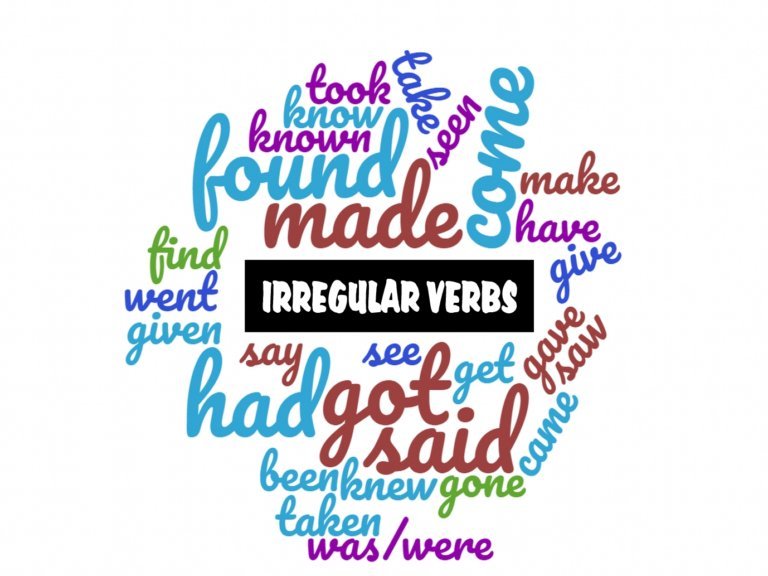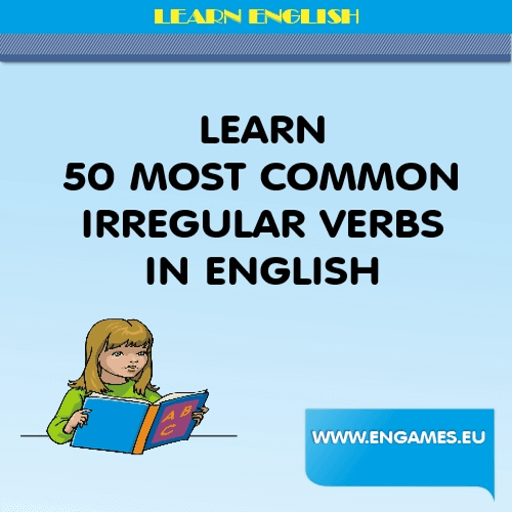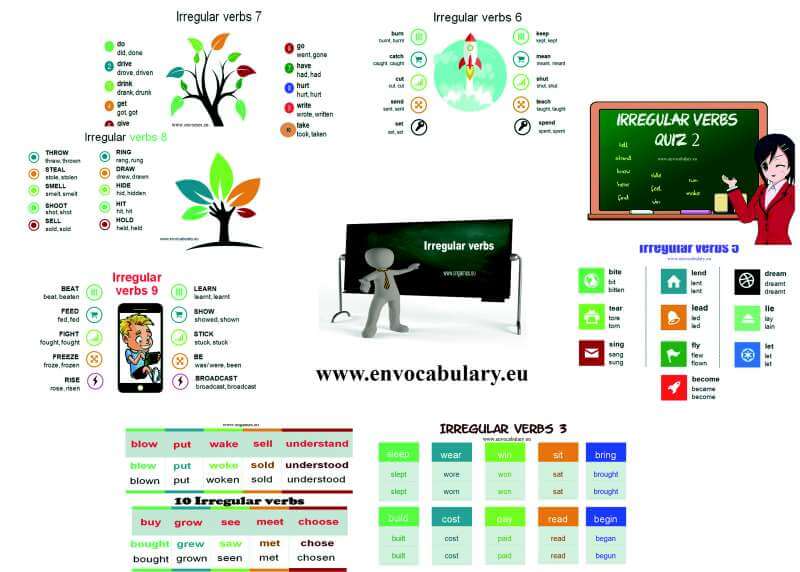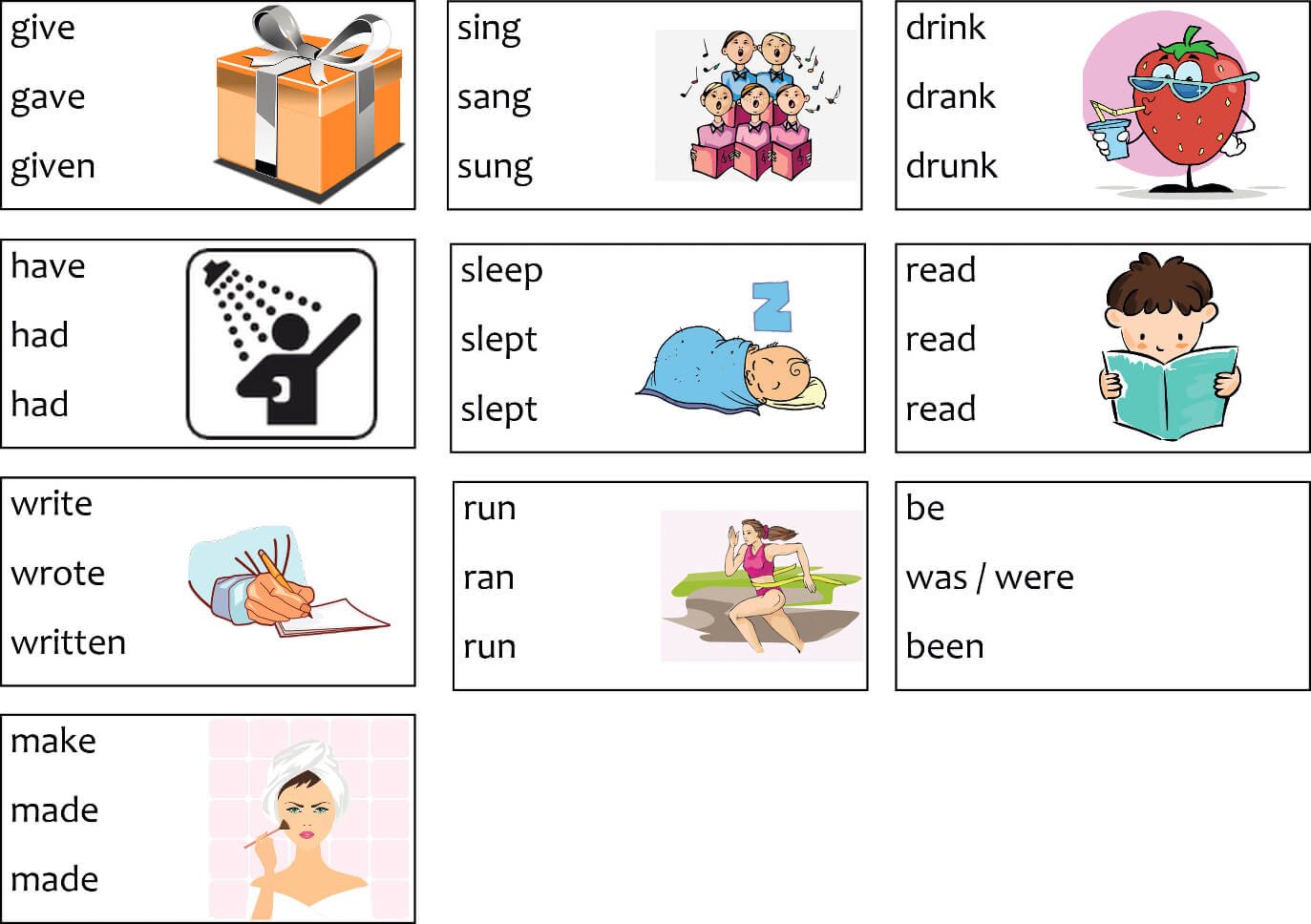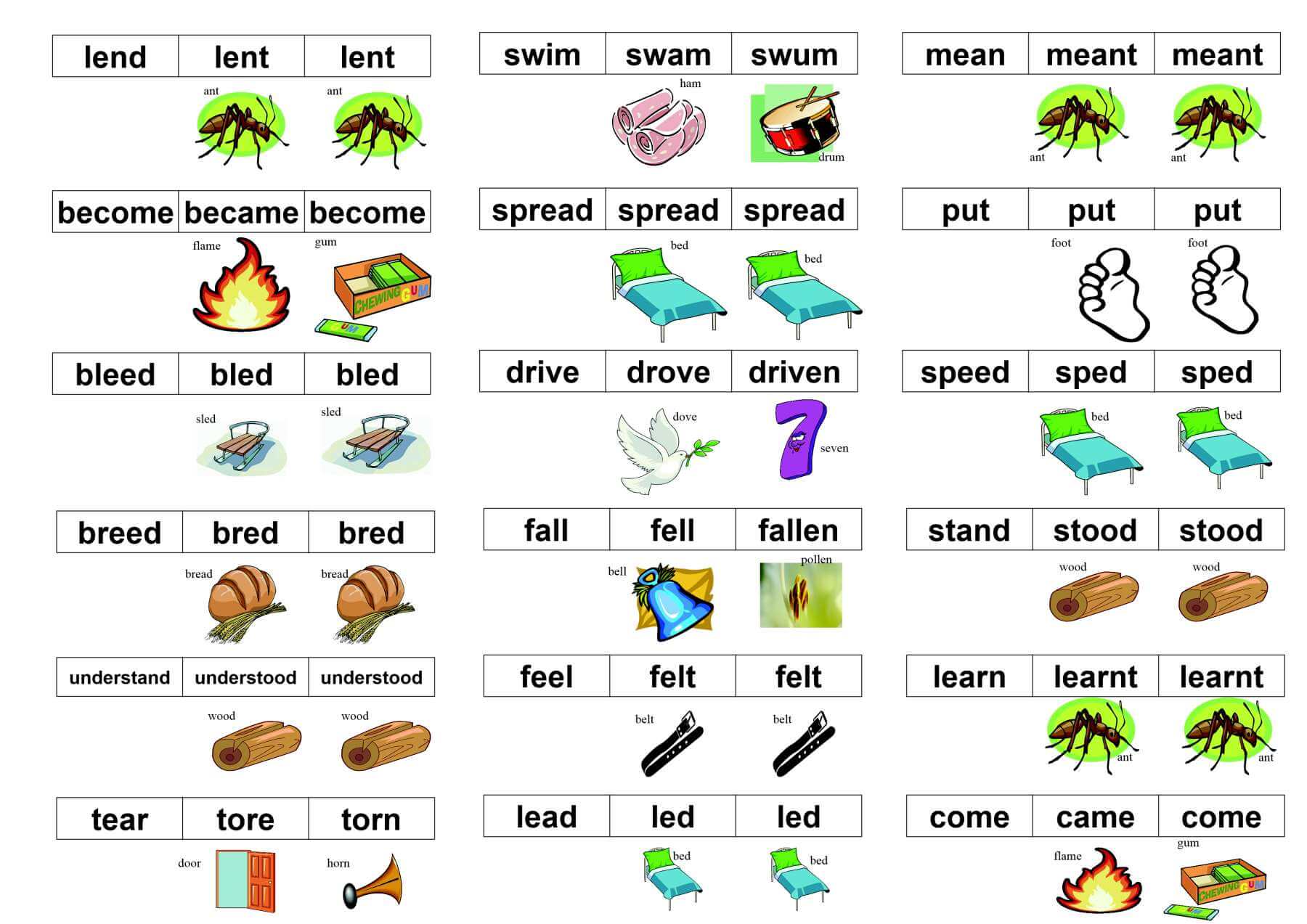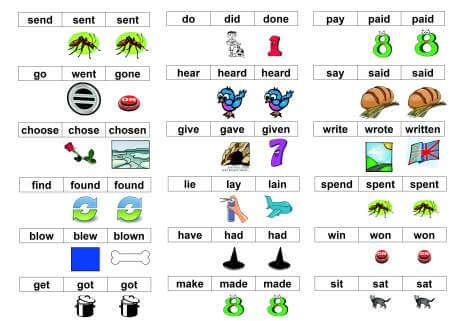Grammar Point – Irregular verbs #2
In my previous post I offered a set of materials to help you teach the 10 most frequent irregular verbs in English. Now, there are a couple of activities to teach, or if you are a student to learn, another set of 10 irregular verbs. We give you a set of activities to help you…

